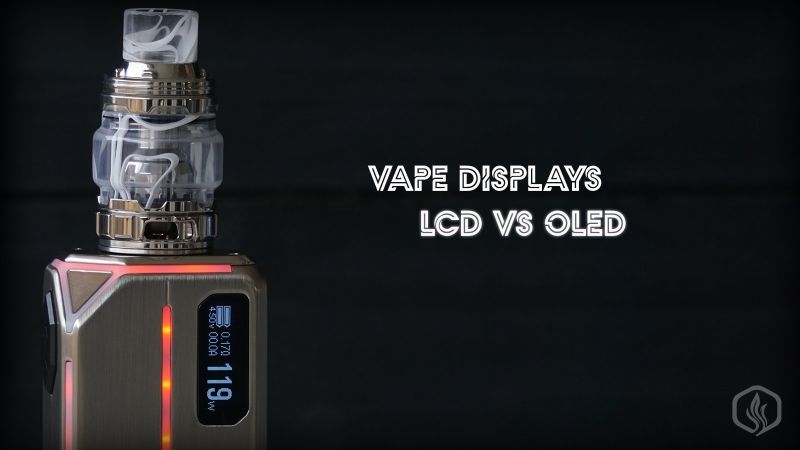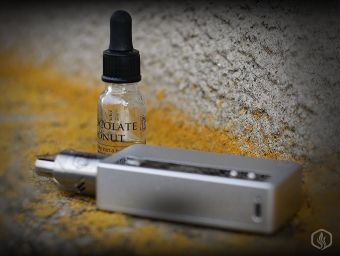When it comes to modern day box mods there are essentially two types of vape displays. We have the cheaper LCD options and the more expensive OLEDs. LCDs use liquid crystals to polarize light, while OLEDs involve of an organic component and act more like light emitting diodes. However, most users don’t really know the difference between these technologies, not to mention their pros and cons.
We are going to try to answer some of these questions, especially since it’s something we get asked more and more frequently. You will learn what sets an OLED display apart from an LCD and why these panels are offer better performance.
Is your vape display really that important?
But before we get into the details, you are probably wondering if your vape display is really that important. And the short answer is: probably not all the time. However, more and more box mods these days come packed with features. From wattage and temperature adjustment to power curves, TCR coefficients and real time clock. All these settings require some level of interaction with the user, and that interaction is done through the display.
And when you are indoors, reading the display is usually no problem. This is regardless of its size or the technology used. But outside, on a bright sunny day, things can get a bit tricky, especially in the case of LCD panels. These aren't as as sharp as their OLED counterparts and it makes changing settings on your vape rather difficult.

What is LCD technology and how does it work
LCD is short for liquid crystal display and it uses a reflecting panel as well as multiple polarization filters to produce the image. Each pixel consists of a layer of molecules sandwiched between two transparent electrodes as well as two polarizing filters.
In the case of a color LCD display, each pixel is made of three individual sub-pixels. These sub-pixels are Red, Green, and Blue and depending on the level of light each one of them receives, they can generate most colors from the visual spectrum. Monochrome display pixels have only one level of light, so they can either be on or off.
TFT is a particular type of LCD display that uses thin film transistors to produce sharper images at a higher refresh rate. TFT technology is superior to standard LCD however it’s a bit more expensive and it requires more power to operate.
What is OLED display technology
OLED panels are made from organic materials that generate light when subjected to electricity. Since the light is not projected and there don’t require filters, the pixels can be turned on or off individually. This means they are a lot more efficient, thinner and with higher contrast ratios.

Pros and cons of LCD vs TFT vs OLED
LCD display are the cheapest to implement and they have the lowest power consumption. They are brighter than OLED panels, however they are not as sharp. They deliver a satisfying image quality, but offer the best results when used indoors, out of direct sunlight.
Most of the color vape displays we tested use TFT LCD technology and these offer far better viewing angles and outdoor visibility.
Tip: for a great TFT LCD display we recommend checking out the Vaporesso Polar kit.
OLED displays are more expensive, have higher power consumption but the image quality is also dramatically better. Contrast is much better than on LCD panels, and this makes them ideal for both indoor and outdoor use.
Tip: for a great OLED display we recommend checking out the UWELL Nunchaku.















